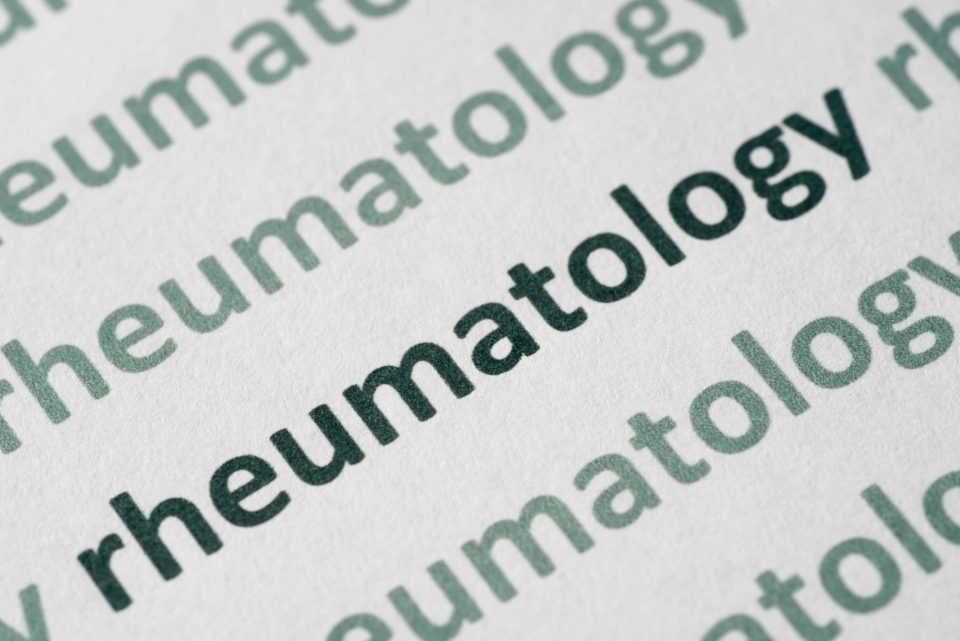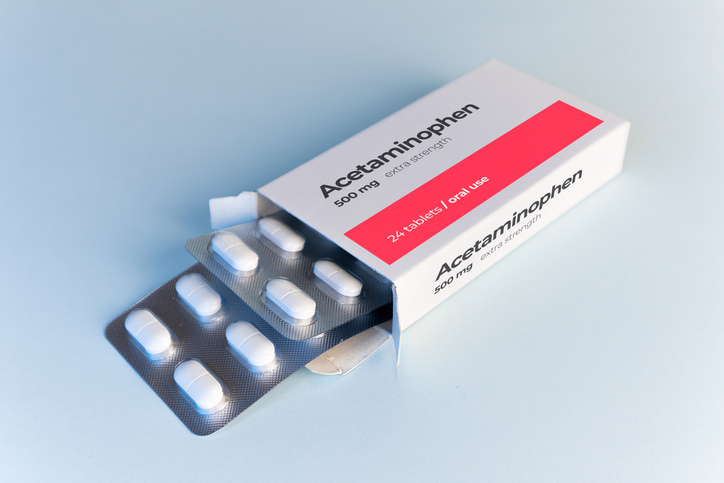
Factors Linked to Pediatric Psoriasis Identified
Atopic dermatitis, a family history of psoriasis, and skin viral and bacterial infection and fungal infections in early life are associated with pediatric psoriasis development, according to a study published in the September issue of the Journal of the American Academy of Dermatology. Yi-Ju Chen, MD, PhD, from the Taichung Veterans General Hospital in Taiwan, and colleagues conducted a nationwide nested case-control study during 2000 to 2017. A total of 1,527 patients with pediatric psoriasis were identified from the National Health Insurance Research Database of Taiwan and matched with 15,270 reference individuals without psoriasis. The researchers found that on multivariate analysis, factors independently associated with pediatric psoriasis were atopic dermatitis (adjusted odds ratio [aOR], 2.07) and family history of psoriasis, especially of the mother (aOR, 9.86) or another first-degree relative (aOR, 5.49). Significant associations with pediatric psoriasis were seen for skin viral and bacterial infections (aOR, 1.35) and fungal infections (aOR, 1.71) in the first two years of life. “Skin and fungal infections in early life are associated with pediatric psoriasis development,” the authors wrote. “The role of early-life microbiota dysbiosis in the pathogenesis of pediatric psoriasis might be worth further investigation.”
Psoriatic Arthritis Worsens QoL in Patients With Psoriasis
Individuals with psoriasis/psoriatic arthritis (PsA) have a decreased ability to participate in social roles and activities and more depressive symptoms than those with psoriasis alone, according to a research letter published online in the British Journal of Dermatology. George C. Gondo, from the National Psoriasis Foundation in Portland, Oregon, and colleagues surveyed 1,570 individuals with psoriatic disease to examine the impact of PsA. A total of 758 individuals with psoriasis and PsA were compared to 736 individuals with psoriasis alone. The researchers found that 29.3 percent of the respondents reported some limitation in their ability to participate in social roles and activities, 23.4 percent experienced depression in the previous two weeks, and 40.6 percent reported a moderate to very large effect of their skin disease on quality of life (QoL), after adjustment for age and skin disease severity. Individuals with psoriasis/PsA had worse outcomes compared with those with psoriasis alone, when controlling for skin disease severity, age, and number of comorbidities other than depression. A decreased ability to participate in social roles and activities and more depression symptoms were reported by those with psoriasis/PsA. “These results add to evidence demonstrating the impact of PsA compared with psoriasis alone on mental health, functional ability, and QoL, underscoring the need to screen people with psoriasis for PsA and depression,” the authors concluded.
Abstract: Effect of Introducing Biologics to Patients with Rheumatoid Arthritis on the Risk of Venous Thromboembolism
In the United States, 100,000 to 300,000 patients die from venous thromboembolism (VTE) each year, with more than 500,000 people related hospitalizations. While in Europe, 500,000 people die from VTE each year. Patients with rheumatoid arthritis are at increased risk of VTE. The use of biologics in patients with rheumatoid arthritis may be associated with an increased risk of VTE. We identified all patients who had been newly approved for Catastrophic Illness Card of rheumatoid arthritis extracted the claims data from the National Health Insurance research database and Registry for Catastrophic Illness Patient Database from 2003 to 2016. VTE was defined as the presence of inpatient VTE diagnostic codes (including DVT or PE) according to the discharge diagnosis protocol. An analysis of VTE variables indicated that the incidence of VTE in the biologic group (14.33/10,000 person-years) was higher than that in the conventional drug group (12.61/10,000 person-years). As assessed by the Cox proportional hazards model, the relative HR for VTE in the biologic group (HR=1.11; 95% CI, 0.79 to 1.55) versus that in the conventional drug group did not reach a significant difference. In conclusion, this study found no significant differences in risk were observed between the use of conventional DMARDs and biologics.







 © 2025 Mashup Media, LLC, a Formedics Property. All Rights Reserved.
© 2025 Mashup Media, LLC, a Formedics Property. All Rights Reserved.